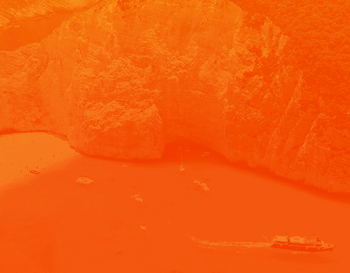Ggantija Temples in Xaghra, Gozo, are one of the most important archaeological sites in Malta. The origins of Ggantija date back to c.3600 BC during the Temple Period (c.4100-2500 BC) when an extremely advanced society inhabited the Maltese Islands. John Otto Bayer was the first to excavate the temples in 1827. Extensive archaeological and restoration work was carried out in the early 20th century to ensure their preservation.
The Ggantija megalithic complex consists of two temples surrounded by a massive common boundary wall. They are built with rough, undressed, coralline limestone blocks. Each temple contains five apses and a middle passageway leading to the innermost trefoil section. The first temple is larger and contains a variety of important features such as altars, relief carvings and libation holes. The second temple was built later and is devoid of such features.
Also of interest is the corbelling technique evident on the inwardly inclined walls. This was done to reduce the roofing spans which were beyond the length of locally available timber. The massive boundary wall is one of the most striking features of the entire temple complex. Its construction is based on the alternating header and stretcher technique and most of the megaliths exceed five metres in length and weigh over fifty tons.
The gigantic dimensions of the megaliths have always struck a chord with popular imagination. In centuries past, some locals even believed that the Islands' temples, in particular those of Ggantija, were the work of giants. This particular temple site in Gozo bears witness to this ancient legend: its name, Ggantija, is Maltese for giant.


Similar Topics
-
What do you like most about Malta / Ghawdex ?
Posted by Sliema2 in Malta and Gozo Discussion Forum
-
Best meal ever in Malta / Ghawdex ?
Posted by Sliema2 in Malta and Gozo Discussion Forum
-
OV Temples and Tavernas
Posted by Lady Scorpio in Cruises
-
Karnival Ta-Malta / Ghawdex 2010 ? ?
Posted by Sliema2 in Malta and Gozo Discussion Forum
-
Karnival Ta Malta U Ghawdex 2007
Posted by Sliema2 in Malta and Gozo Discussion Forum
